Abusing Technology with Kim Gordon
|PHILLIP PYLE
A trip to the comment section of Kim Gordon’s YouTube channel as of late is sure to include the following: Young fans gushing that, despite being 70 years old, she’s cooler and releasing sharper music than most experimental artists today; vamps proclaiming that Gordon’s new album sounds like a B-side to a Playboi Carti album; and Sonic Youth devotees surprisingly enjoying her turn to trap.
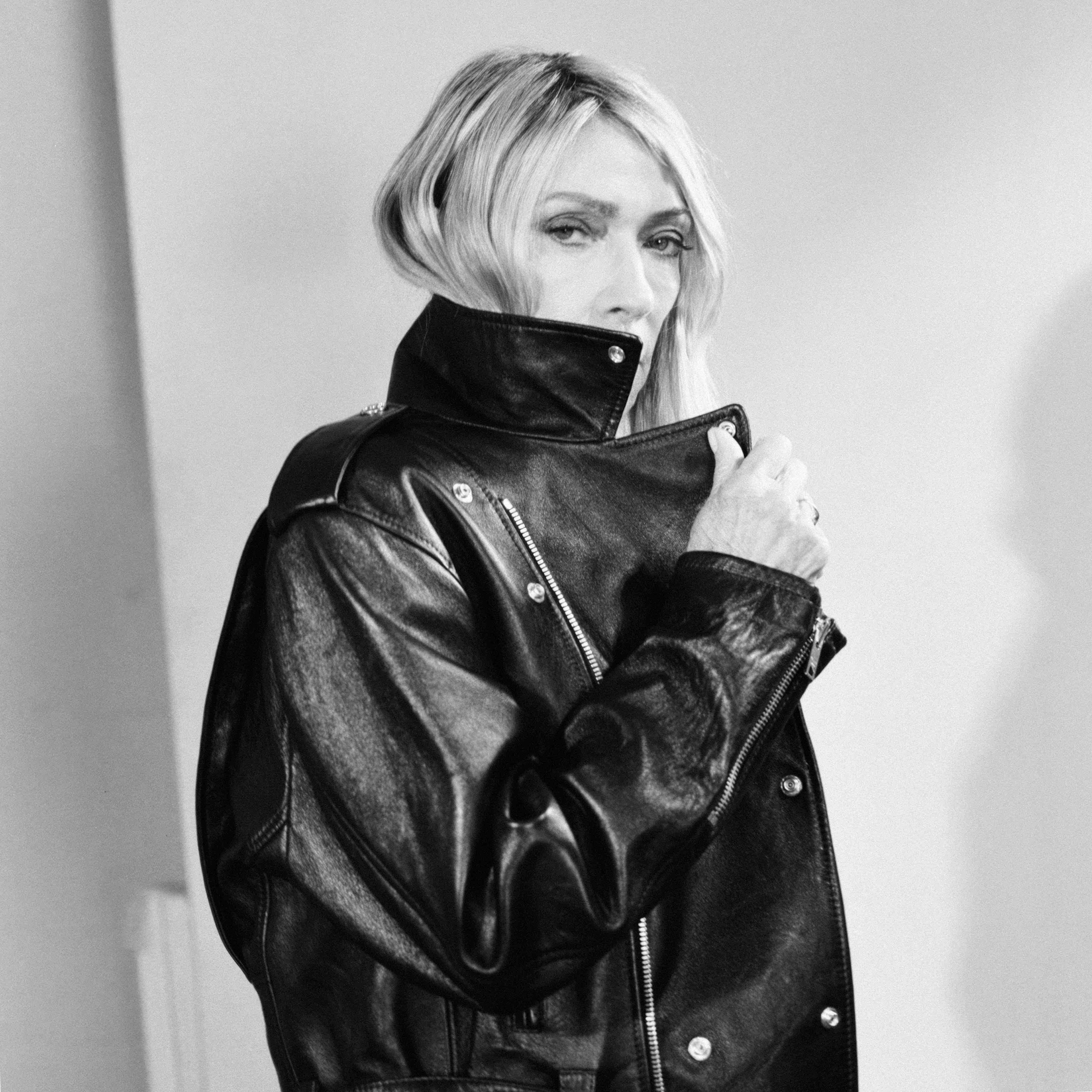
Combining industrial, noise, techno, post-punk, trap beats, and even foraying into the previously taboo (for Gordon) realm of auto-tune, The Collective is Gordon's second solo studio album—and the follow-up to her unyielding debut, No Home Record (2019). Made with alternative pop producer Justin Raisen—whose fondness for modern compositional distortion is transmitted in the music of Yves Tumor, Sky Ferreira, Lil Yachty, and Charli XCX—The Collective is a tightly-coiled machine that’s come undone and been pieced back together. It’s an answer, not a solution, to a topography of shrapnel, shattered screens, splintered voices, deafening noise, and decayed space and time.
The product of an artist whose abhorrence toward technology is strained by its necessity, The Collective upends any suggestion of a neatly positive relationship between technological advancement and human progress with a “blown-out" sound that also suggests Gordon still knows the pulse better than most online or “tapped in” musicians today. Whether reciting a packing list that includes milk thistle, calcium, cigarettes, and Eckhaus Latta in “BYE BYE” or conjuring images of Erewhon-age consumption in “Psychedelic Orgasm,” The Collective is Kim Gordon at her best, stretching everyday banality to philosophical ends and material limits.
In the lead-up to the album’s release, Phillip Pyle spoke with Kim Gordon about abusing technology, songs as readymades, and why conservative men can blame modern capitalism for their supposed emasculation.
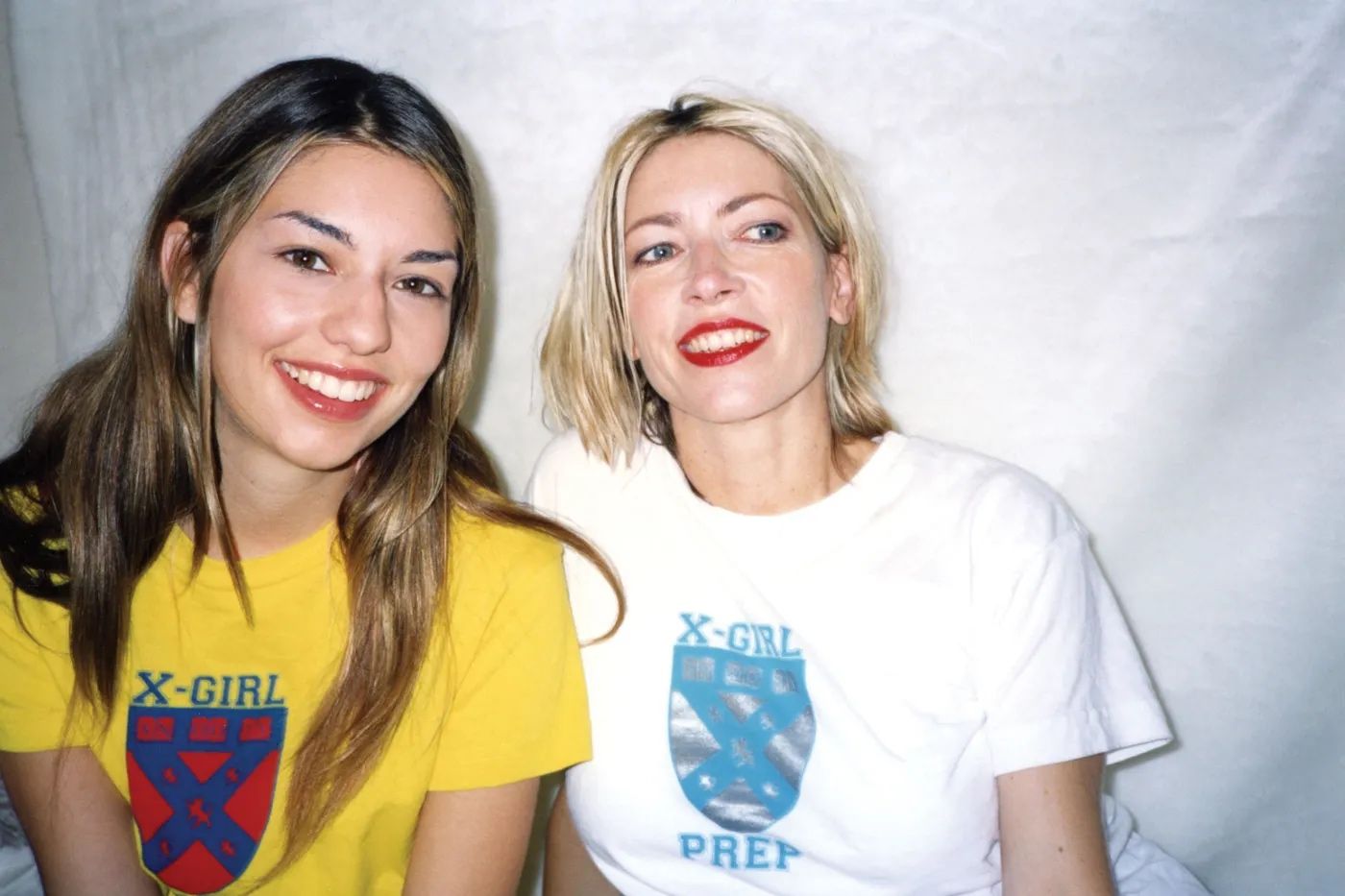
PHILLIP PYLE: Last summer you showed a painting at 303 Gallery in New York that has the same title of your new album, The Collective. Both works conceptually contain an iPhone-shaped hole in them. I was wondering if you could talk about your relationship to technology, and how that shaped this album?
KIM GORDON: Well, one reason I like working with Justin Raisen—the same producer and collaborator I worked with for the last record—is that he has a healthy disrespect for technology. [Laughs] The technology is just there to be used and abused. We wanted to make it do things it doesn’t want to do. It was just us seeing how far you can take sound before it completely disintegrates.
PP: The Collective questions what it is to be human, and how that’s changed over the past few decades with technology. Do you feel that there’s a part of humanity that’s been forever compromised or lost to the digital collective?
KG: I feel like technology is often a narrative of its own. It’s just taken over, or been woven into, the culture and what it means to be human—and a lot of it has been done through advertising and branding. And it goes hand in hand with convenience culture, which began in the 50s, with the idea of streamlining things, gadgets to make your life easier if you’re a housewife, and frozen food, which I think is a very valid evolution. [Laughs] It’s been, I don’t know, 74 years of that? So, it’s hard to really keep hindsight about things. And other myths get evolved and each generation’s attention span seems to be shorter.
I think it stems back to the question: Why is the iPhone such a tempting morsel of technology? You know, we get brutal news on it, we get people expressing their most intimate feelings through it. It becomes this common denominator where we don’t have any perspective on things. In that sense, it has disrupted the quality of humanness.
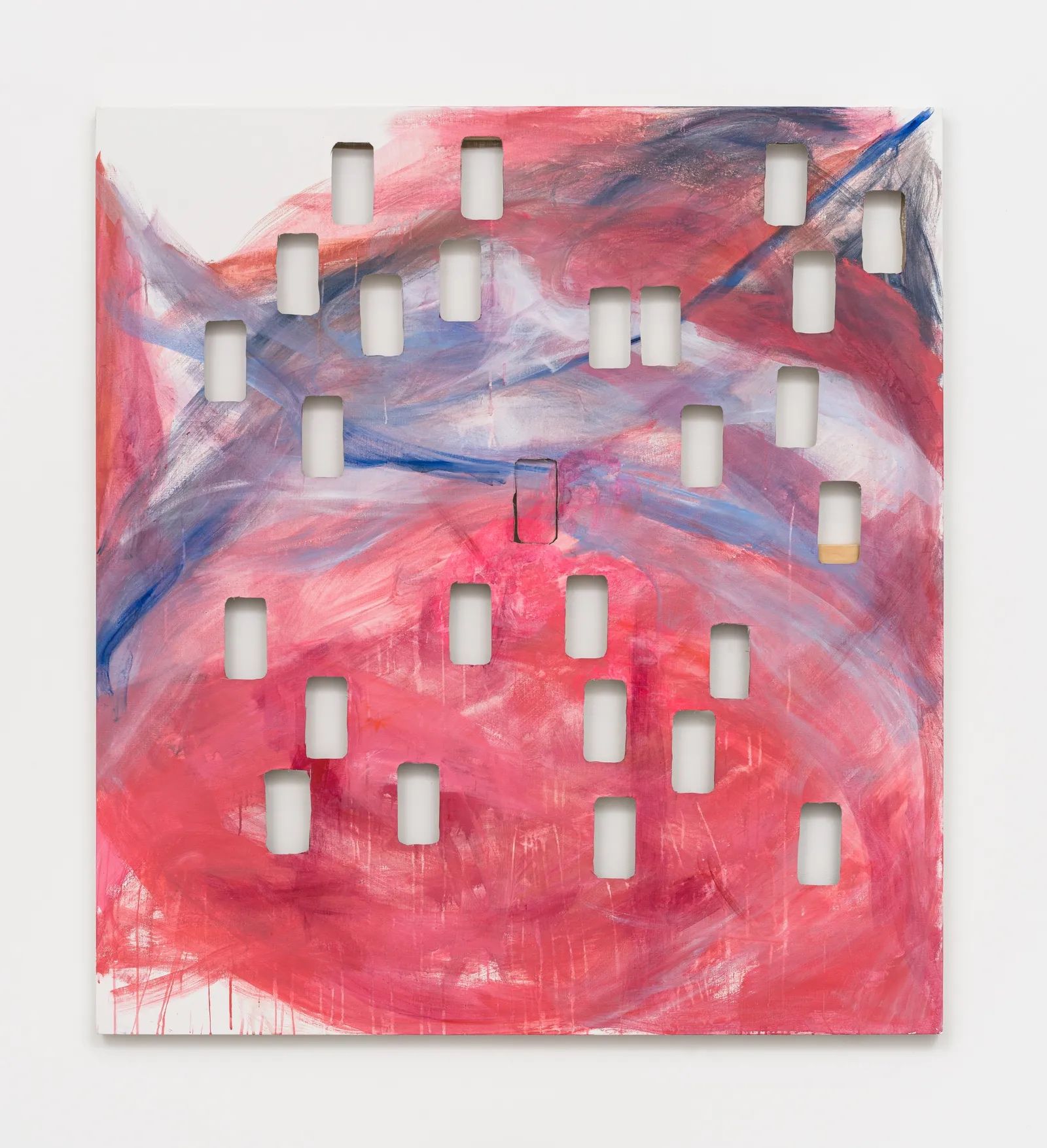
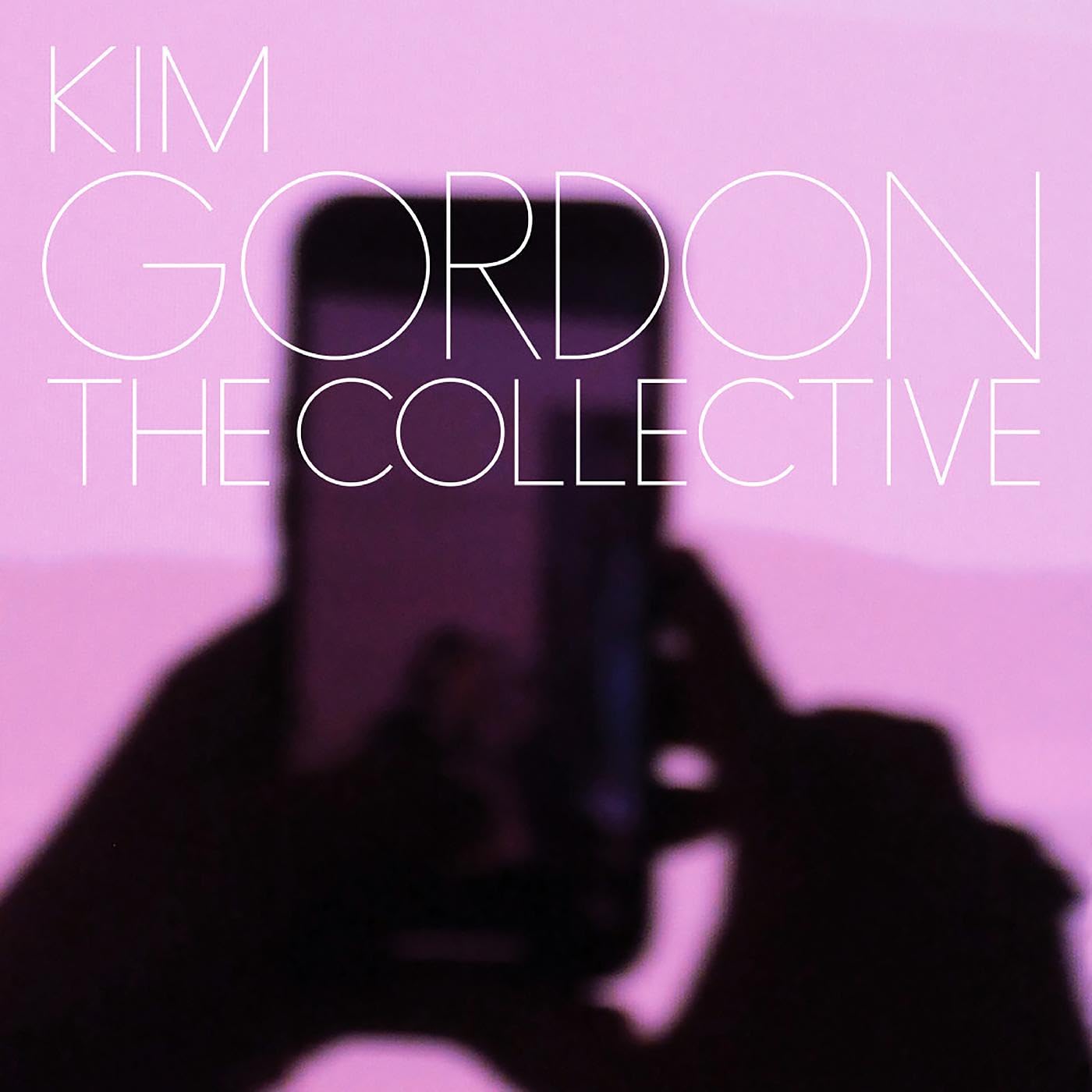
PP: I’m reminded of something you wrote in a text around the album release, where you talk about coming across all these images that you don’t necessarily want to see but are nevertheless always confronted with online. In the time since writing the album, has your relationship with internet images changed at all? Has there been anything that you’ve been happy to see?
KG: I’m sure there are, but I don’t remember anything. I finished the record at the beginning of last May. It takes forever to put a record out. It’ll be almost a year by the time it comes out. I do remember the insane things that were happening in the world, the inability of our government to do anything, or—and this is nothing new, obviously—everything being seeing in terms of black and white. That started before the MeToo movement during Trump. Everything is so oppositional, so it’s really hard to get anything done. Meanwhile, mass shootings continue, blah, blah, blah. So, The Collective is just a coming to terms with or journaling about the world.
PP: I sense this push against reduction in “BYE BYE.” On its surface, it’s a packing list, but then it’s almost elevated to the status of a readymade with the order you list the objects in. Then there’s the cadence that you use at particular points and the music itself.
KG: Well, the music had so much drama in it, so I thought it could be cool to contrast it with something as mundane as a packing to-do list and to give the words a different meaning—but do they have that? It’s all guided by the energy of the song. I’m just trying to reflect the energy of the music but from a different point of view. To make it personal but, also, not.
PP: There’s a lot of voice augmentation on The Collective. There’s this autotune moment in “Psychedelic Orgasm” that was especially surprising to hear in your music. How did this interest in auto-tune emerge?
KG: That’s a funny story. I hate autotune actually. The one exception is that I like 100 Gecs. Justin [Raisen] wanted to do it because he was like, “No, it’ll be ironic if you do it.” But I also couldn’t just have it in a straight way, so I put it through all my vocal effects. And it is the most musical moment on the record, I have to say. The song also has this ridiculous hook line, where I say, “LA is an art scene.” I was referring to it as “seen” because people are always asking me what the art scene is like in LA, and I just never know what to tell them.
PP: In some of these songs, references from your past push to the surface seemingly out of nowhere. For instance, you make a specific reference to Pussy Galore, whose member Julia Cafritz you formed Free Kitten with. How do your past projects—with Free Kitten, Sonic Youth, or Body/Head—influence your solo work?
KG: It’s mostly an unconscious influence. It’s funny, I listened to this old Free Kitten song, “Never Gonna Sleep,” and I realized that the drums on it and the way it sounds were kind of what I was drawn to when Justin first wrapped up something for “Murdered Out” with some leftover vocals I’d done for some project of his. He made a trashy drum beat and made a loop of it and sent it to me. And I realize that’s maybe why I responded so much to what he’d sent me. I was like, “Oh, he gets the sensibility.” But, honestly, pretty much everything I’ve learned about music evolved through playing in Sonic Youth and was influenced by no wave bands that I saw, such as DNA and Mars.
PP: I was thinking a lot about Girl in a Band when listening to The Collective. I was especially thinking about your writing on the psychoanalytic element of performing as a woman on stage and the type of male gaze that you interact with. In “I’m A Man,” you playfully embody the psyche of a man, with all the contradictions that entails. You sing, “It’s not my fault I was born a man.” In the same song, you also mention liking to put on a skirt and manicure your nails. Is this a reversal of how we traditionally see masculinity? Or is it perhaps a divestment from masculinity altogether?
KG: Well, it was inspired by black-and-white thinking in politics and how a lot of right-wing people think feminism ruined men and masculinity. There’s one politician, Josh Hawley, who makes himself into a victim, or men into a victim, and yet all these white men are making these decisions in congress that effect women. I’m interested in this notion that it’s capitalism that ruined masculinity. Because after men lost their roles as protectors and providers, they were kind of lost. And in being lost, they became consumers like women and are thus marketed to.
PP: This album seems to be split by a desire to remove yourself from an online Zeitgeist and a desire to embrace it to stay within some form of community. Did the experience of making it help you negotiate that state between being online and offline?
KG: I mean, I think a lot of people feel like this. It didn’t really make me think about it any more than I already do. I just wish I wasn’t such a slave to it. But I do get tired of it more quickly now.
I was reading this book by Jennifer Egan, The Candy House, which is where I got the title for the album, The Collective, and for the song, “The Candy House.” I thought that it offered a really interesting idea: A man in the book steals someone’s research and makes this app where, if you use it, you can experience what anyone is experiencing and their memories at any point in their life. You can actually be in their body. But, to do that, you have to upload your own memories and experiences and become part of the collective. It’s scarily close to where technology could be going.
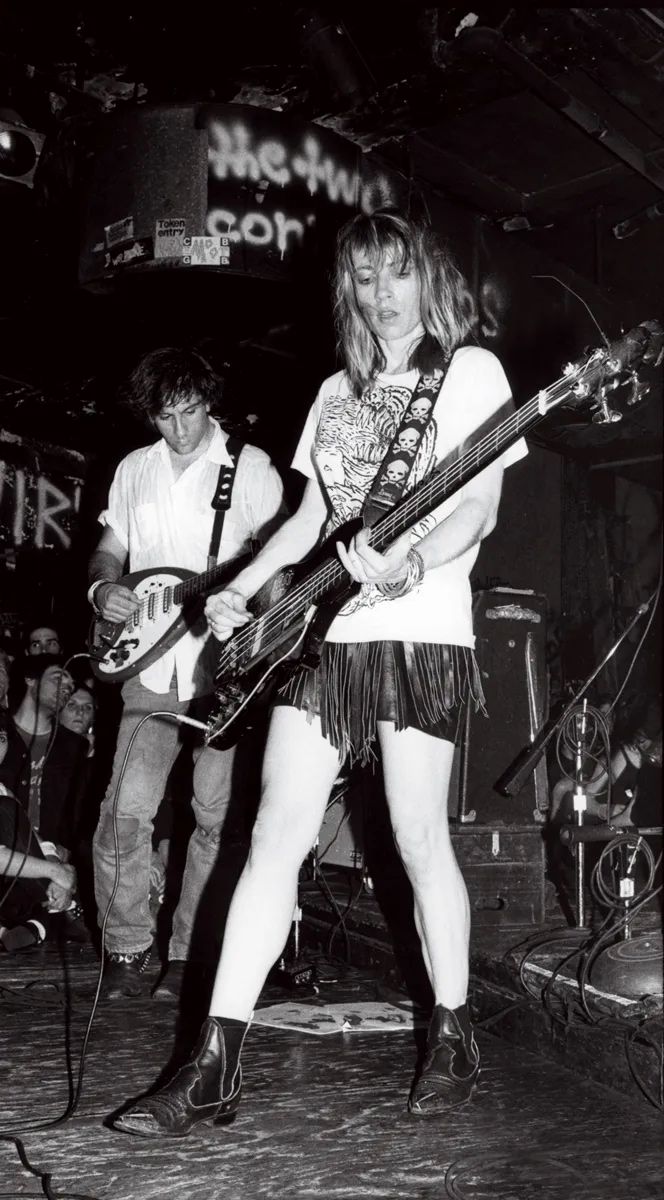
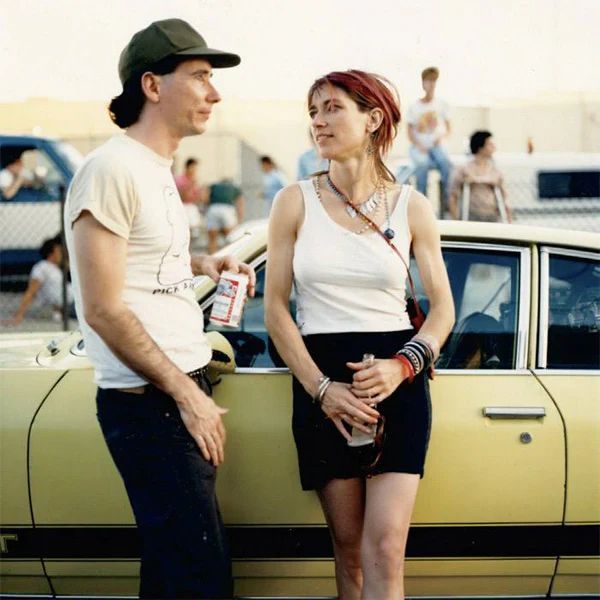
PP: Simultaneous with this emergence of a collective on the internet, younger online audiences are now discovering all these downtown figures from the 1980s and 90s—and not just Sonic Youth or no wave bands, but also indie film icons including Chloë Sevigny or Sofia Coppola. It’s easy for people to become obsessed with a particular idea of what making art in a community used to look like. Do you feel that any major narratives are lost in contemporary internet reconstructions of what past art and music communities looked like?
KG: New York in the 80s was pretty bleak, so there’s a certain amount of romanticism. [Laughs] Downtown New York was dangerous, and New York had just come out of bankruptcy. There were little communities of art happening. The art world was not as corporate as it is today. It still had some of the 60s and 70s. It’s funny, there were a lot of people who would come from England to do articles about the cross-disciplinary work between artists downtown. Before their careers took off, there were a lot of artists who got involved in the music scene—and some of them played in bands with Rhys Chatham or Glenn Branca, who had little orchestra bands and were using guitars in different ways, with overtones, etc.—and there were a lot of musicians who played in no wave bands, who were really artists who moved to New York to do art… But things have been romanticized.
There is some truth to the whole community aspect to it, and there being the same confluence of influences. New York has always been a city of minimalist music. And there’s jazz, free jazz, and street music and rap music, too. It all just pushed together in this way. But because things were so close together, you did get isolated scenes like CBGB, which I have to say was pretty white—except on Sunday afternoons, when you’d get free jazz musicians including Charles Gayle. I remember standing out in front of CBGB—I was supposed to write about LL Cool J for Spin—and asking different kids what they thought of his new record. [Laughs] But of course they had never heard it.
There was something that you can’t get from the internet. You can get a lot of things from the internet. You can get information, but it’s hard to get a sense of context. That’s one thing about Spotify or Apple Music, there’s no information about anything on the record. It’s like they were birthed into this music platform. And when the indie rock scene blew up with Lollapalooza and Nirvana, and alternative radio was born, suddenly the sense of community changed. Suddenly, you were automatically supposed to have something in common with some band that was played on alternative radio. So, in that sense, technology really did change a lot.
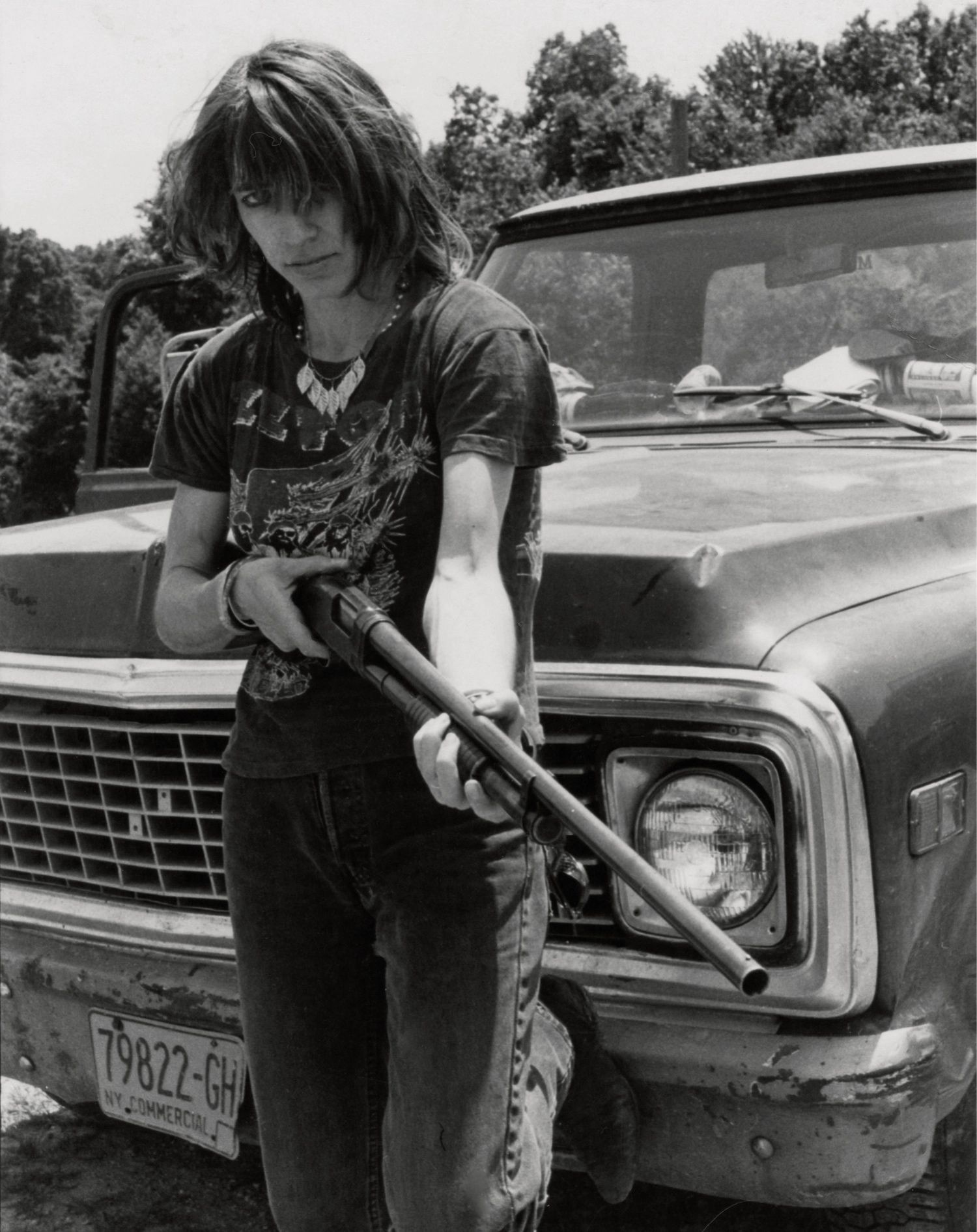
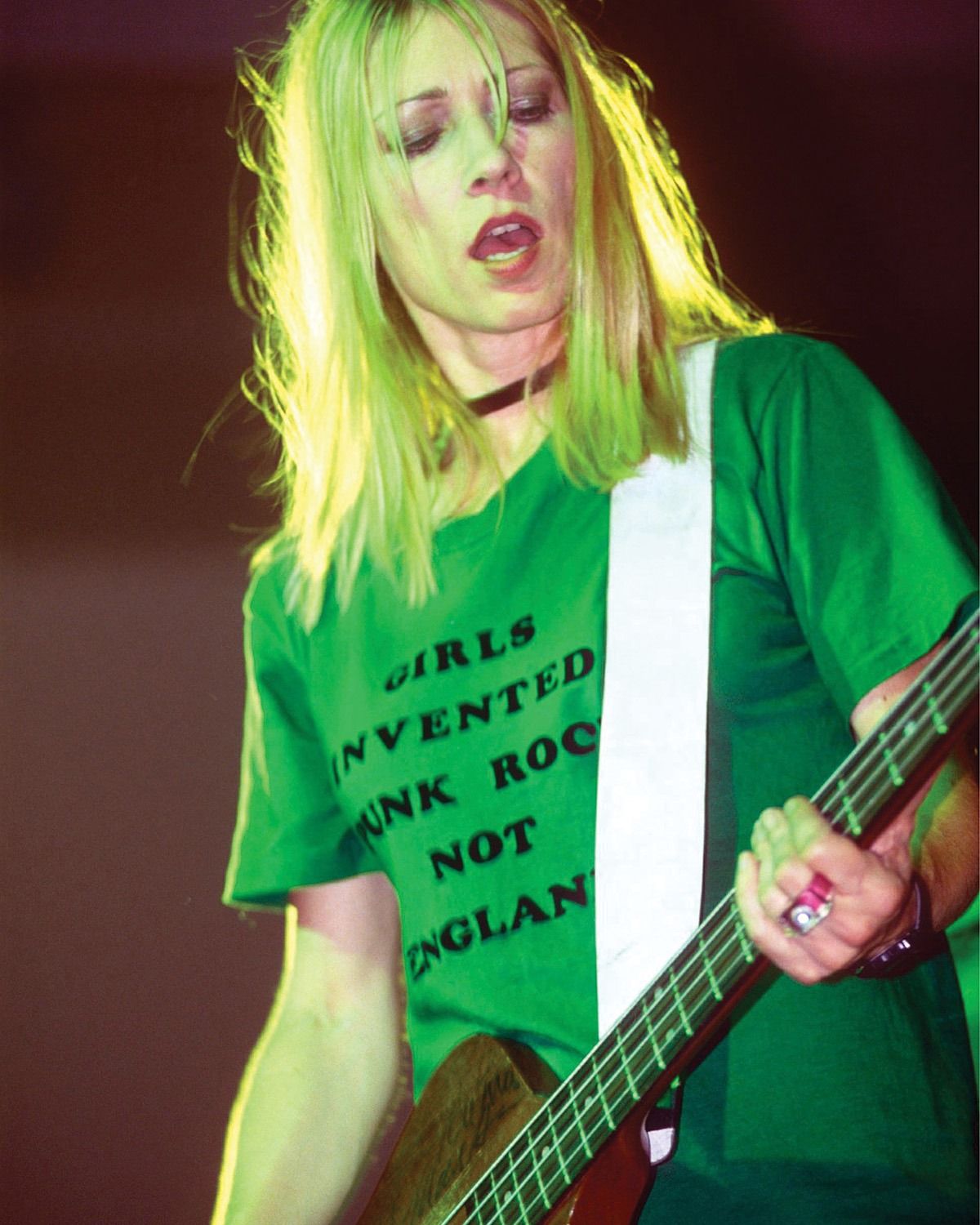

Credits
- Text: PHILLIP PYLE
Related Content
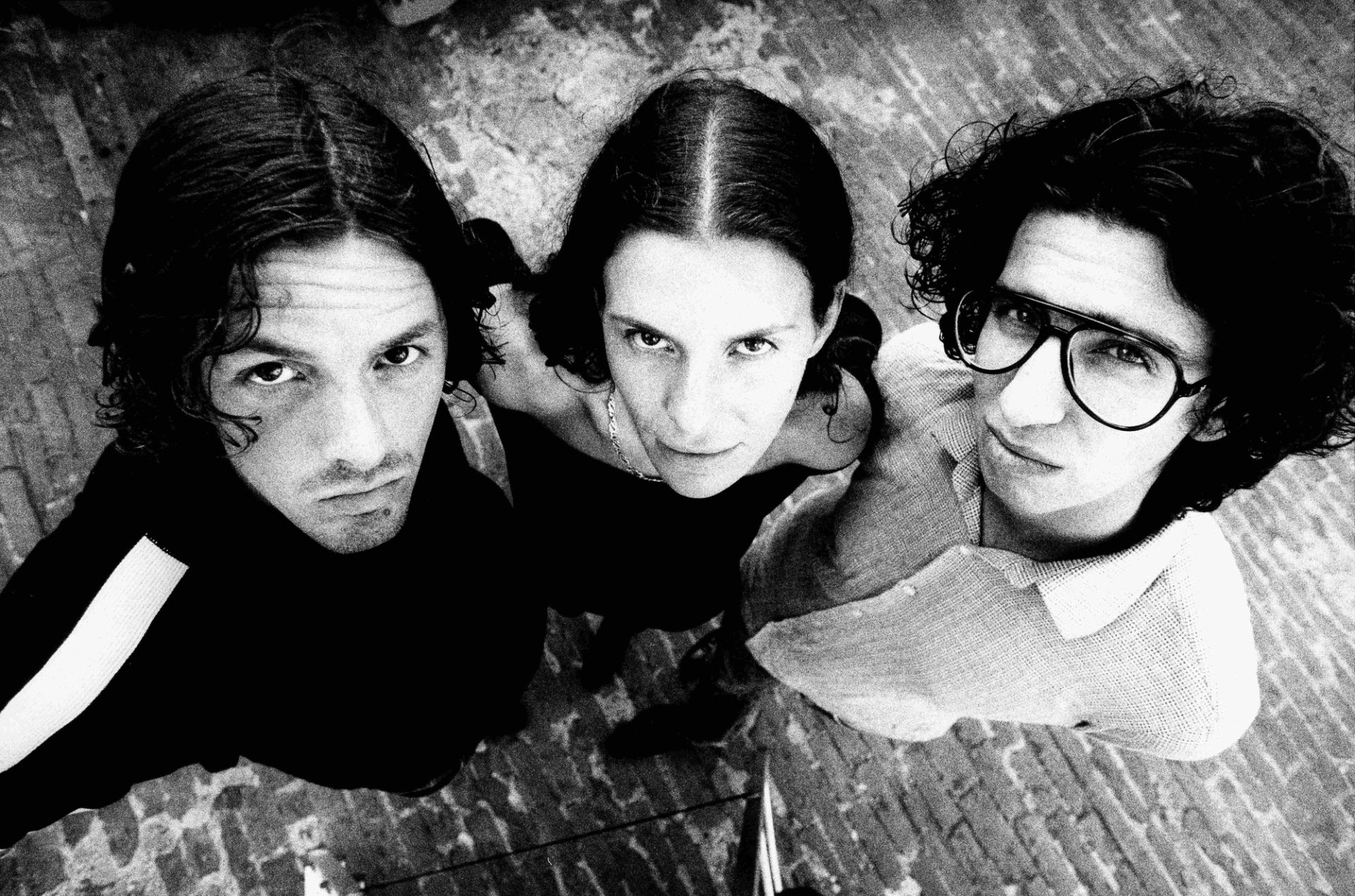
“It’s very serious”: BAR ITALIA’s THE TWITS
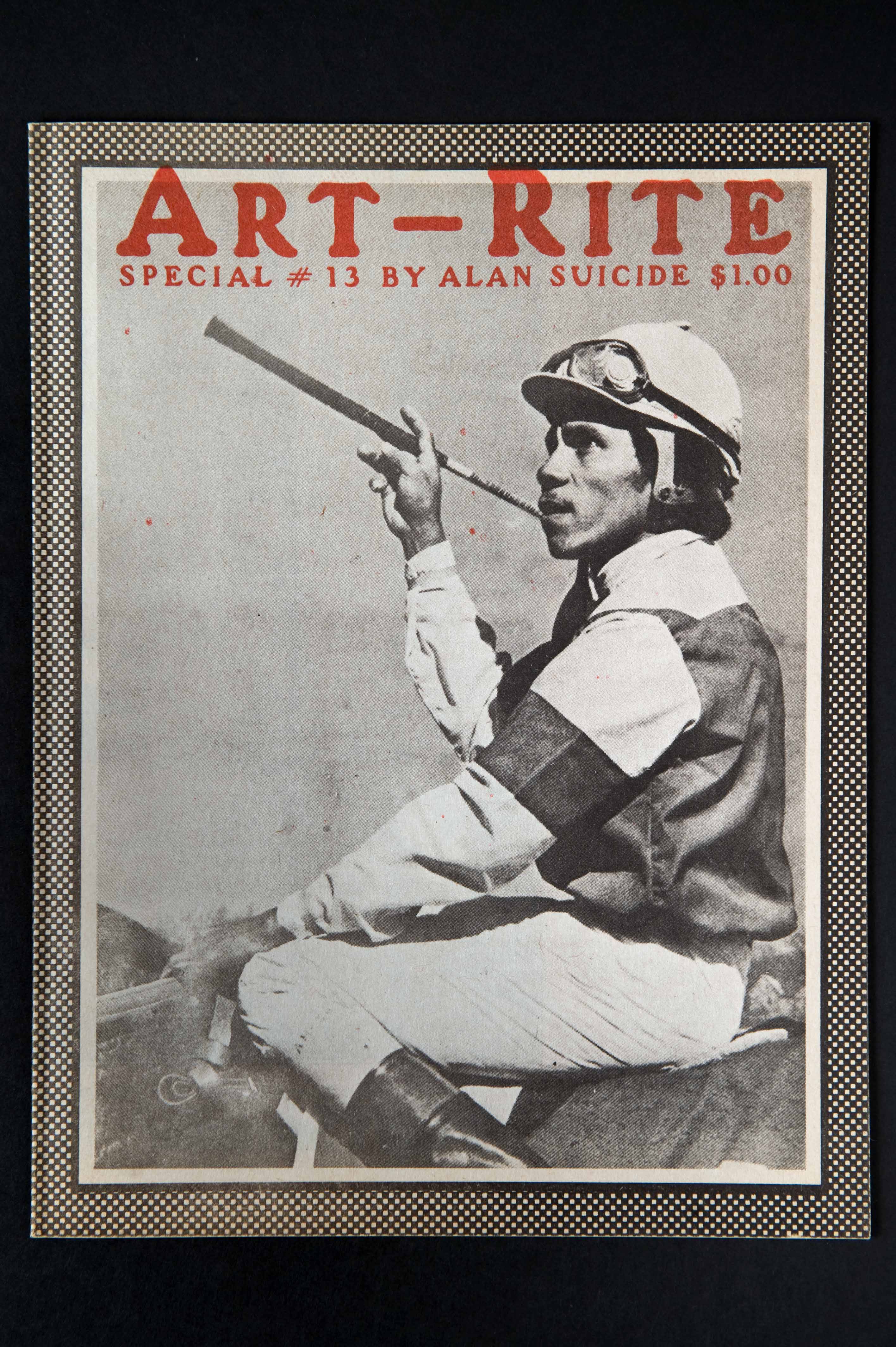
ALAN VEGA’S Legendary Art-Rite Issue #13
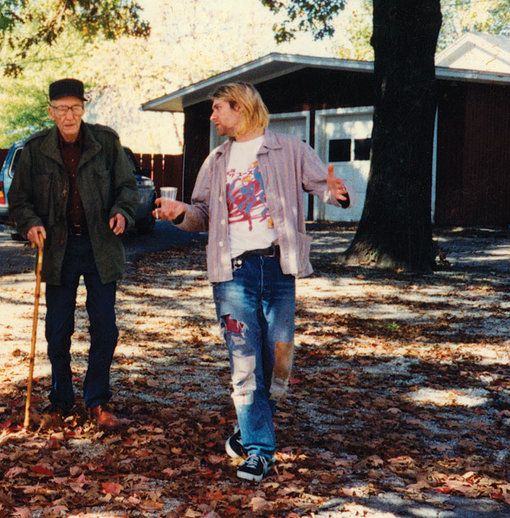
Mining a Counter-History from the Past: WILLIAM S. BURROUGHS and Subcultures in Kansas
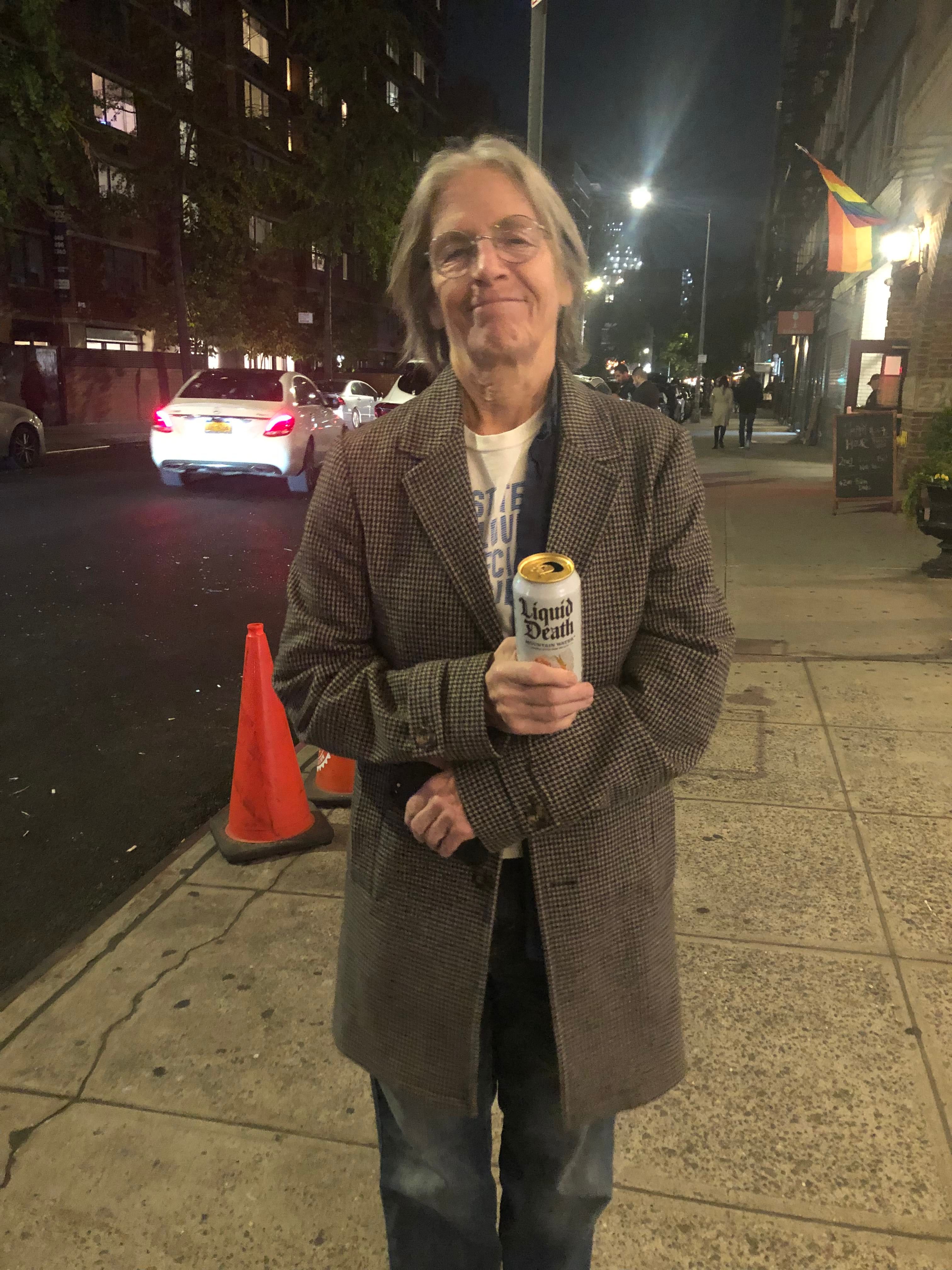
Never Born, Never Dying: EILEEN MYLES
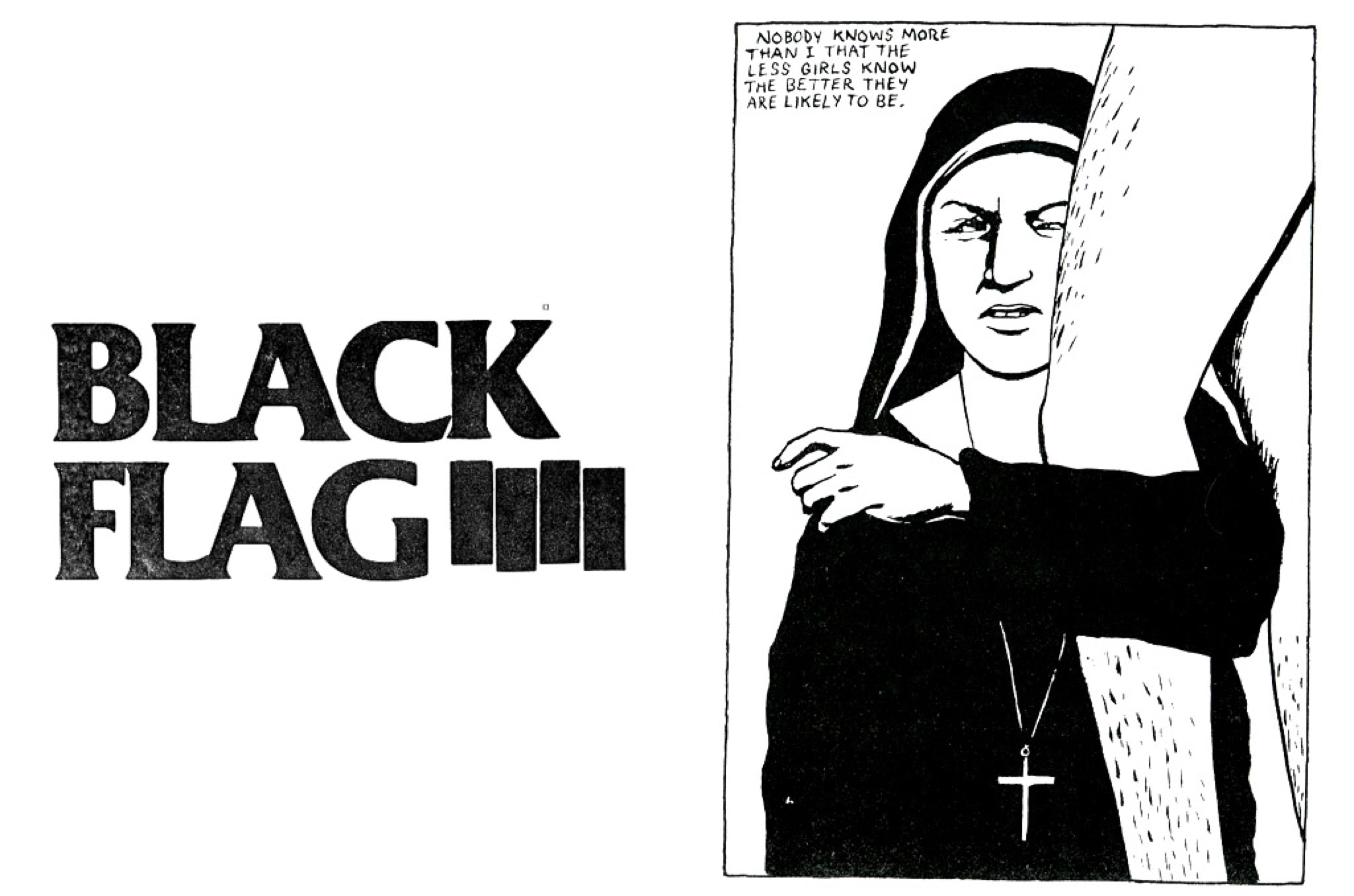
Surprisingly slick art direction from the chaotic world of hardcore punk
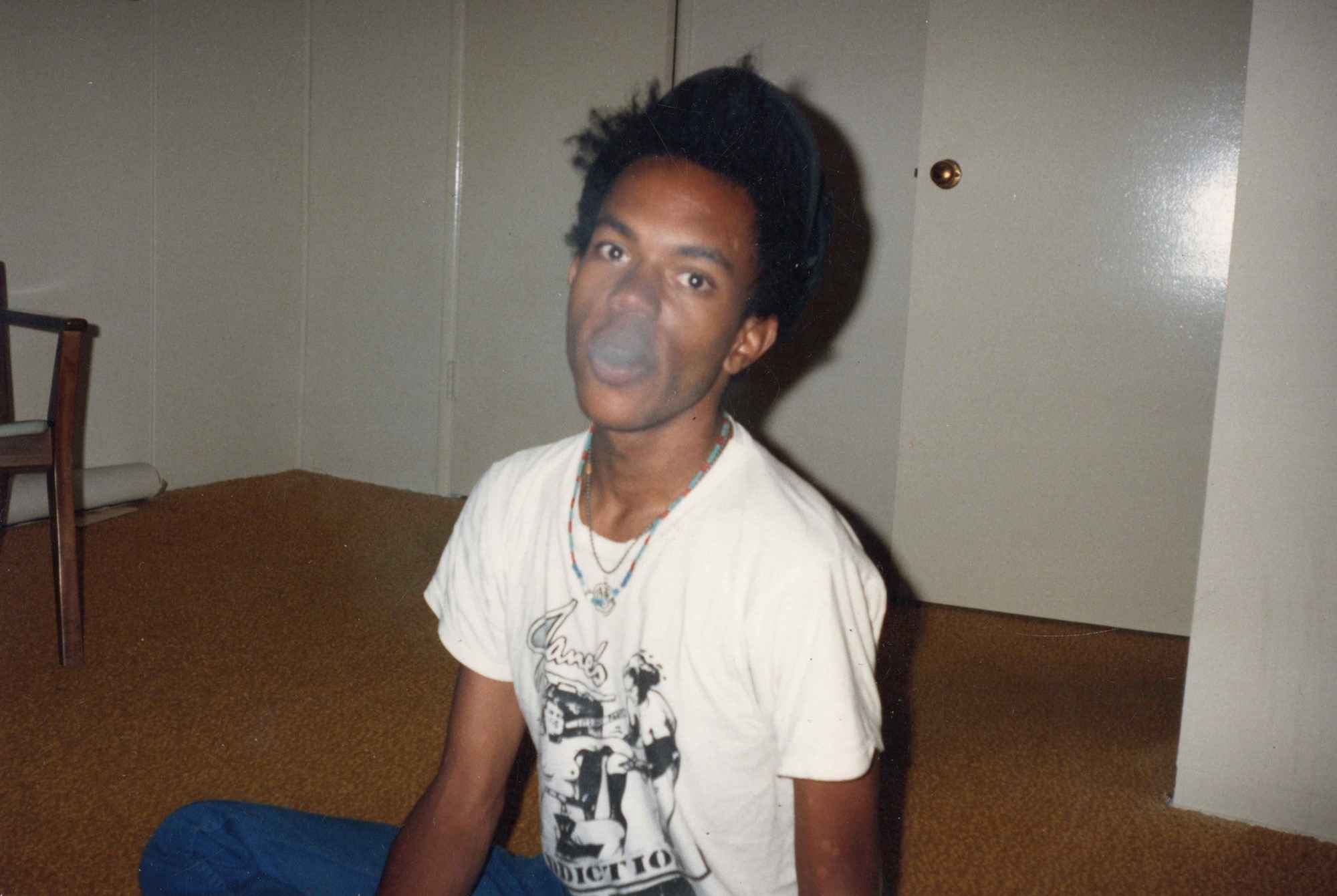
SEAN DeLEAR: One Way Bus To Stardom
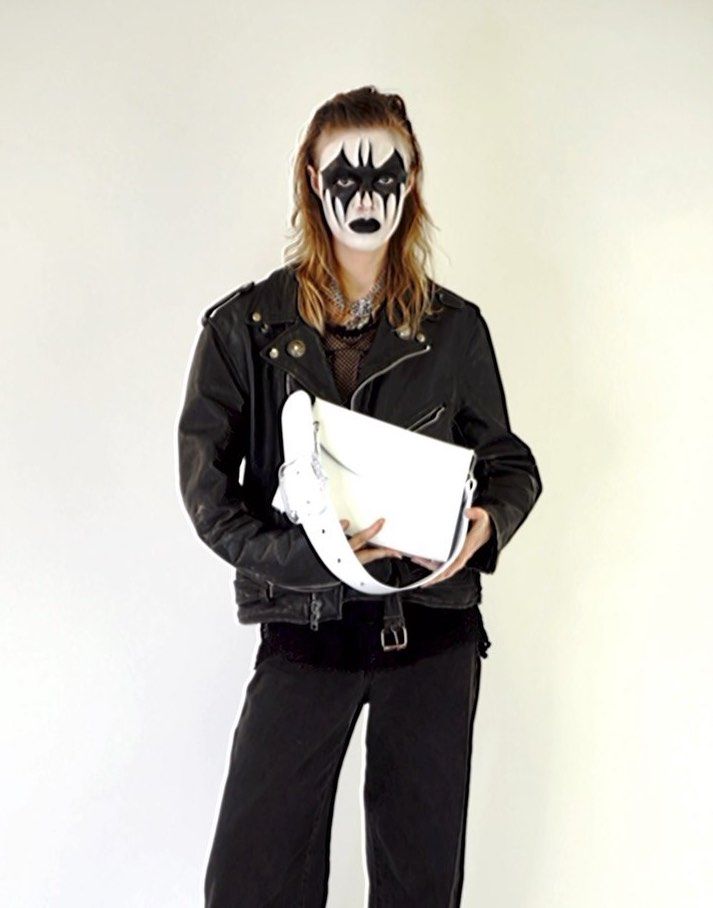
Charles Jeffrey LOVERBOY’s Utopian Fantasy

Post-Music: Apocalypse Soundcheck